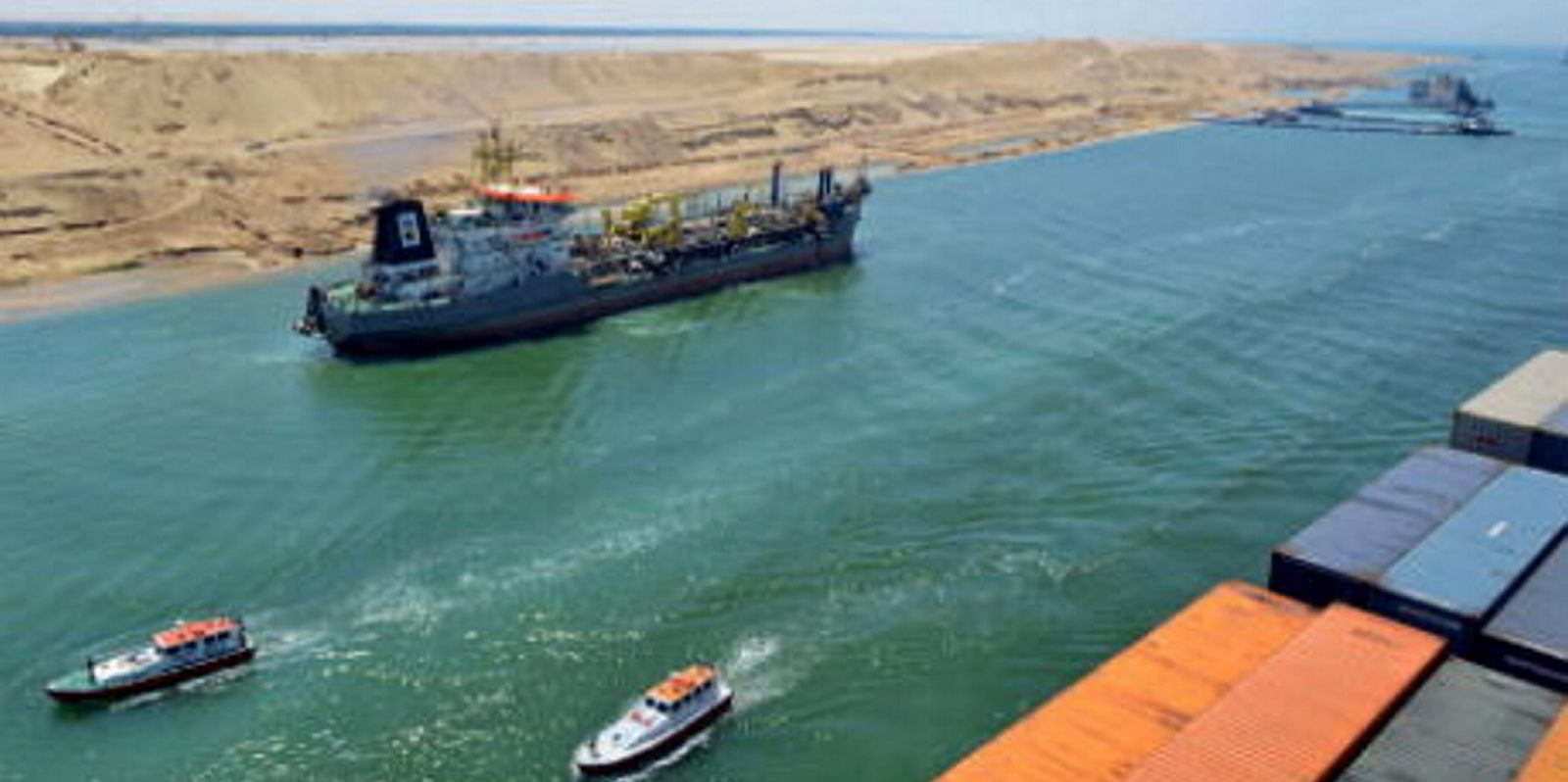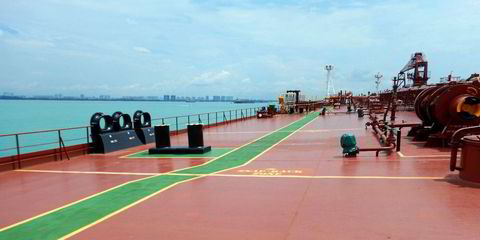The Panama Canal Authority (ACP) is slashing daily ship transits as water levels continue to fall in a serious drought.
Normally, 36 vessels cross per day, but this has already been reduced to 32.
This number will fall to 25 and then 24 in November, to 22 in December, 20 in January and then to just 18 in February “until further notice”, according to a notice from the ACP.
“Since the beginning of the 2023 dry season, the Panama Canal adopted several water-saving and conservation measures in the transit operation, including the use of water-saving basins in the neo-panamax locks and cross-filling in the panamax locks,” the ACP said.
“In addition, the late arrival of this year’s rainy season, and lack of precipitation in the canal watershed, has obliged the canal to reduce the transit capacity to ... 32 vessels per day since 30 July, while managing the available rainfall over the watershed to maintain Gatun Lake at a level that would offer a competitive draft for our clients,” it said.
But water levels in Gatun Lake have continued to decline to unprecedented levels for this time of year, the authority admitted, with the lowest rainfall recorded in October since 1950.
Pareto Securities said the new transit figures sound “very low” and are likely to squeeze out a lot of VLGCs.
But the investment bank views this as “very positive” for the freight market, with at least one-third of seaborne gas volumes passing through the waterway.
Analysts said this could have a “huge impact” on first and second-quarter rates.
“Again, the VLGC sector looks very strong,” Pareto said, with Singapore VLGC owner BW LPG being its top pick.
Container ships are the biggest users
Clarksons Research said that container ships account for the largest share of tonnage transiting the canal, while gas carriers and bulkers — notably during the US grain harvest — are also major users.
The company’s data shows that transits in dwt terms are down 8% year on year, slipping to a two-year low in September.
There have also been increased waiting times and congestion in Panama recently.
Average waits for deepsea cargo vessels stood at 58 hours in September, down from about 70 hours in August.
But this is still well above the long-term average of 36 hours.





